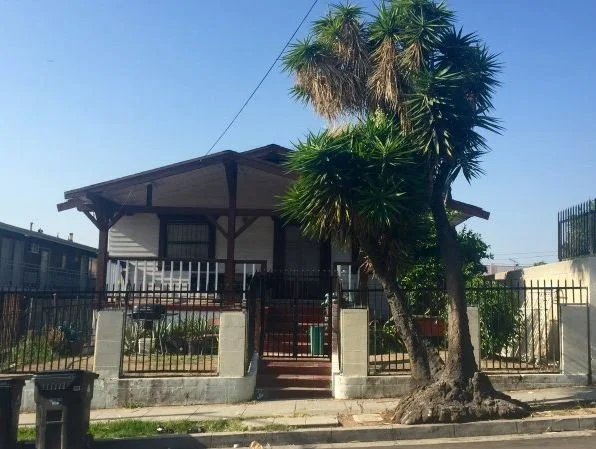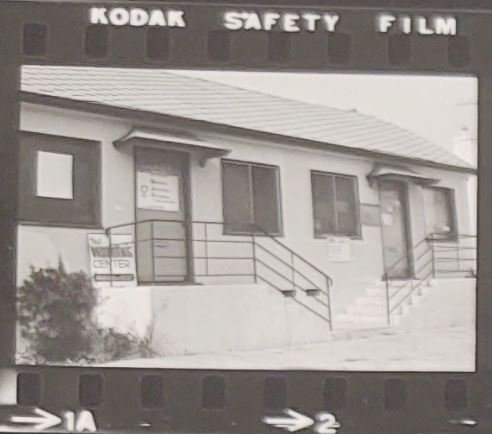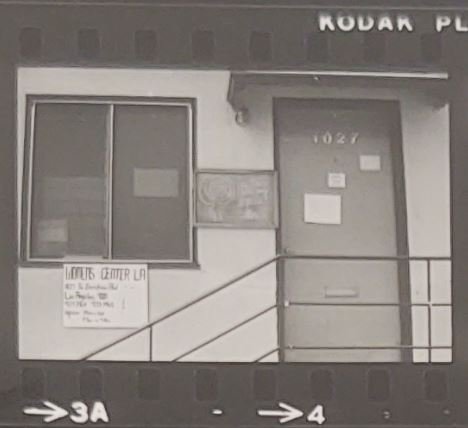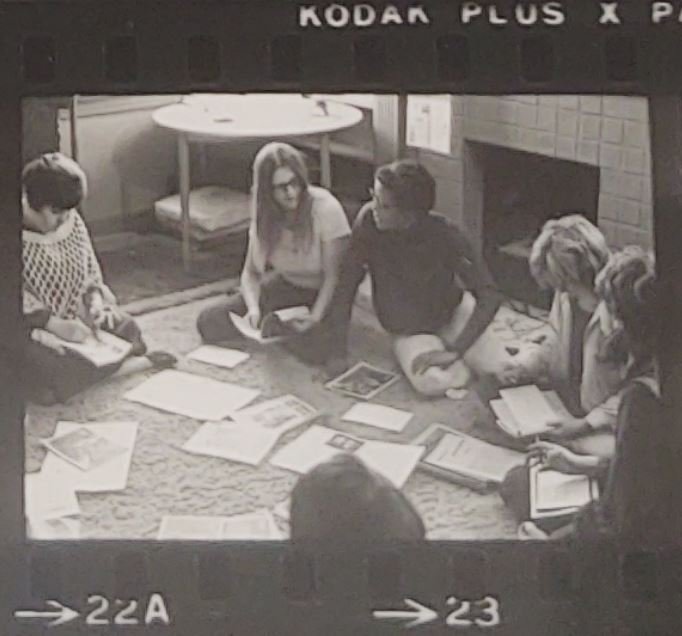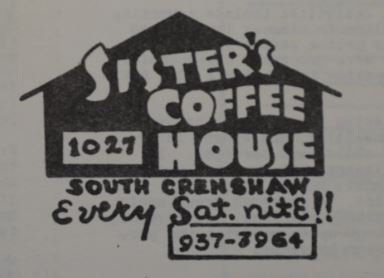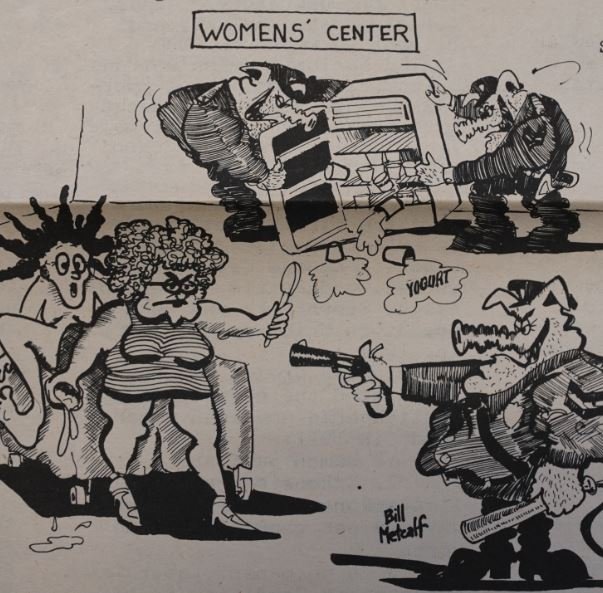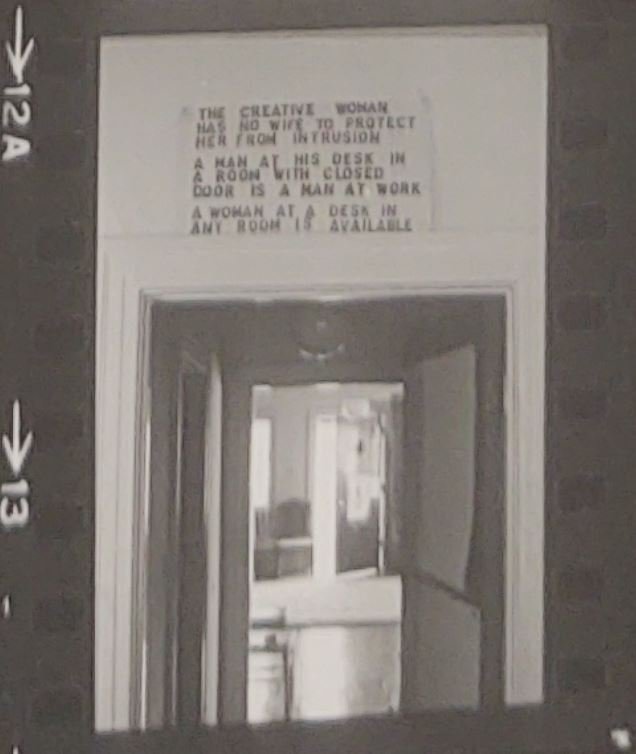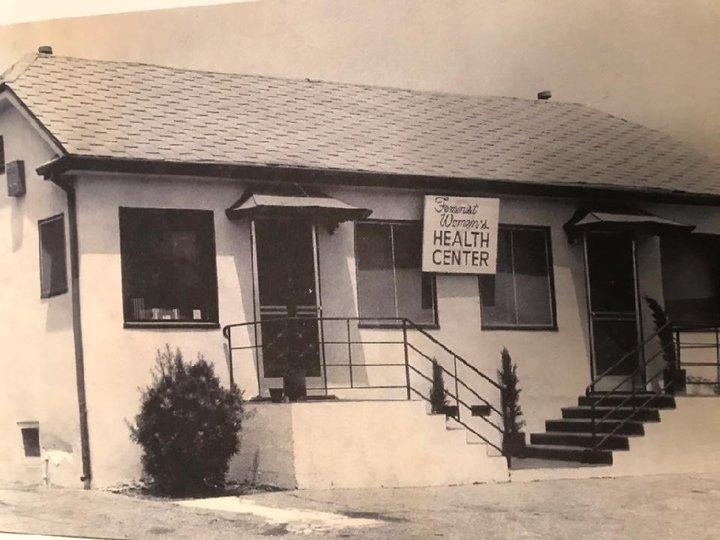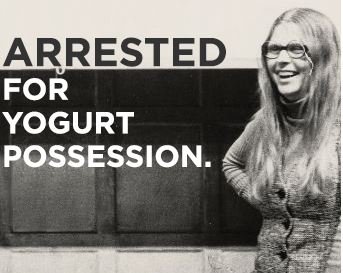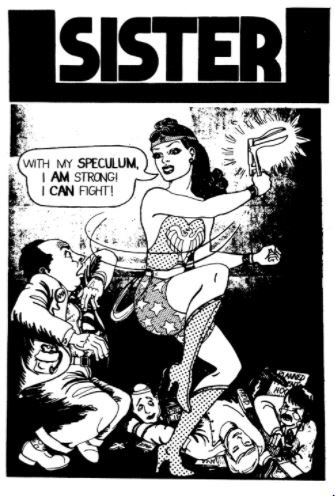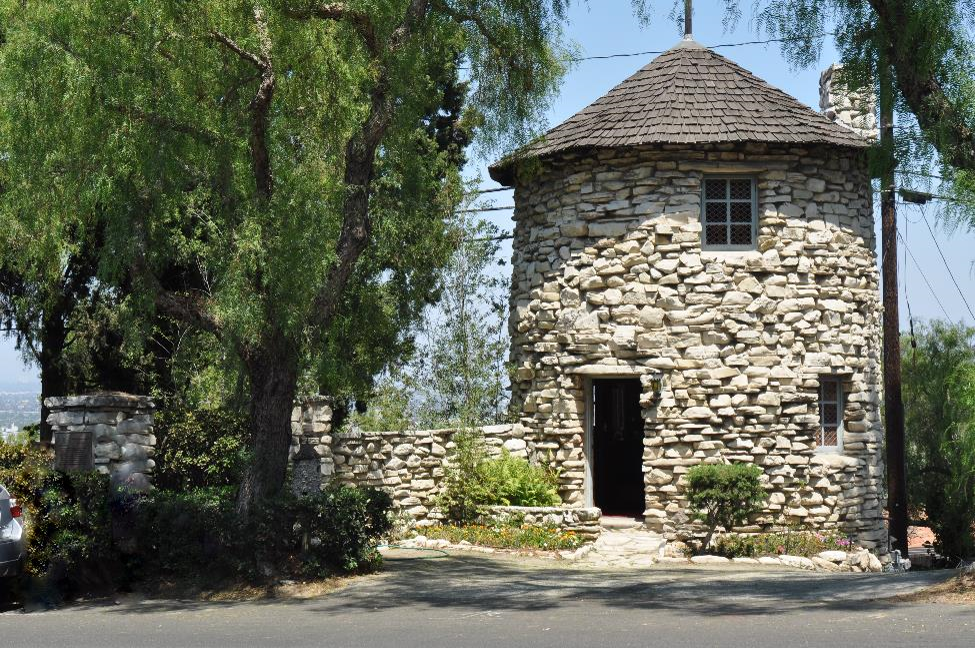RESEARCH
Once you hire us, we hit the archives, online resources, and track down anyone who can tell us the history of your property. We've been known to find some great nuggets.
One of our favorites was when we were researching the Dr Jones Dog and Cat Hospital. We were in the race against time; we needed material that would convince the Planning Commission to deny the demolition of the building. Days before the meeting, we went to the Getty Research Institute in search of the flat file called 'Dog.' And there it was - the pencil-drawn plans that were likely rolled and hiked under the arm of Becket himself. We also found promotional photos of the building. Once we presented what we found, we changed the tide and momentum of the barreling train that was this development.
That is why we do what we do.
WRITING
After we have collected everything we need to know about the site, we get to what we like to call - creating the story. Every piece of research we collect fits into the narrative we create for your nomination. What we love about this part is that this will be likely the first time your building will have a complete history written about it.
Our favorite story creation was writing about the Studio One period of significance of The Factory. It was the first time Studio One had been written in detail. We gathered interviews we had done, source material and wove it throughout the time of post-Stonewall and pre-AIDS. Since this period of celebration and of dance is rarely written about, we had to create it. Our National Register nomination is a document that charts the 1970s - 1980s and the rise of the gay entrepreneur, the normalizing of gays in straight culture, the shedding of shame on the dance floor, the tribalism that dance had become for gay men, and the momentum that all of this would bring to forming the first gay city, West Hollywood.



